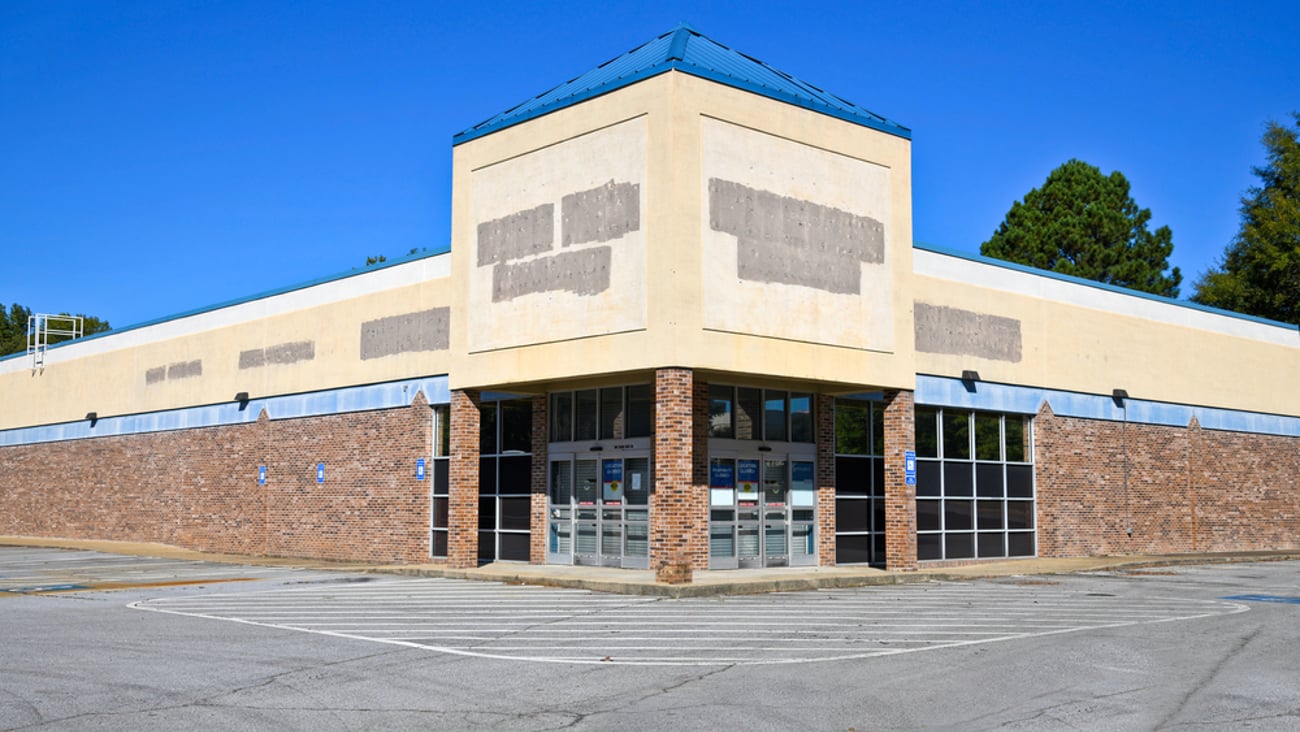Analysis: COVID-19 - A fork in the road separating tech-savvy retailers
For the past several years, retailers have been experiencing multiple technological disruptions.
From e-commerce and flexible fulfillment, to warehouse robotics and automation, to retail AI systems that offer accurate and dynamic forecasts, companies that have adopted these technologies have been able to improve engagement with customers and offer more convenient shopping experiences, while significantly lowering operating and inventory costs.
These new trends and changes are just a mere preview of the times to come. The unexpected COVID-19 crisis has presented a fork in the road that will put a large gap between retailers that are technologically positioned to better deal with the crisis and those stuck in traditional ways.
The entire industry is undergoing a major paradigm shift that isn’t just affecting retailers, but also their customers, vendors, and supply chain partners. It would be difficult to find a company that has not been affected by the recent turn of events.
The coronavirus outbreak, followed by the national lockdown, has triggered an accelerated digital transformation. The past three months have transpired very differently for tech-savvy retailers than for others. For example:
- Retailers that were able to fulfill online orders from stores were able to sell their stock, while others had winter merchandise stuck in stores and quickly decreasing in demand.
- Companies that have already started to introduce supply chain automation and robotics were able to function efficiently while others were struggling with volatility in available workforce and safety concerns.
- Retailers like Simons that have strong loyalty and e-commerce platforms were able to maintain operations, while others are in full shutdown, unable to even sell stock online.
- As retailers gradually opened stores, those with self-serve or checkout-free technologies were able to provide a safer and more convenient shopping experience.
Visibility & decision-making during unprecedented and volatile times
As retailers begin to open their physical locations there are many questions they are asking themselves, such as :
- What will product demand look like at the newly opened locations?
- How much of my orders will continue to come from e-commerce?
- How will the demand and cost of flexible fulfillment options affect my business?
- How resilient is my supply chain?
- How has COVID-19 affected our assortment?
- Are there categories that are experiencing unexpected changes in demand?
The reality is that we are also entering the summer season, and this year’s summer will look very different for most consumers. Moreover, we don’t know if there will be another wave of COVID-19 concerns as we hit the fall/winter months.
Since retailers are operating in a dynamic and uncharted territory, relying on past data to make decisions is difficult, if not impossible. Now more than ever, it is imperative for companies to leverage technology like AI and predictive analytics to get better visibility into their business and help make the right decisions.
Companies that have adopted AI for demand forecasting are able to significantly reduce costs in their purchasing, allocation, and replenishment processes. They will be able to bring the right assortments to the right locations, and significantly reduce markdowns. Others will simply rely on guesswork based on unreliable data, and surely pay the price.
Key considerations to keep in mind
We’ve now come to the point where digital transformation in retail isn’t a choice anymore. The 2020s will see traditional retailers fade away and technology-driven companies take their place, just as we watched Netflix replace Blockbuster, but on a much wider scale.
In order for retailers to recover from the COVID-19 crisis and prosper in the digital age, there are several things to keep in mind. First, retailers gain a lot when integrating key retail processes such as supply chain, planning, merchandising, and fulfillment. Having all your data in sync and basing decisions off a single version of the truth makes technology investments pay off in a compounding way.
Second, running a retail organization efficiently requires lots of effort, experience, unique expertise and resources. But so does designing and building robotics, programming self-serve terminals or world-class retail AI software. Retailers can save a lot of money and time by leveraging existing vendors and experts with proven turnkey solutions instead of trying to build their own systems.
Finally, far too many companies wait too long to bring tools into their business that can make a world of a difference and often pay for themselves. One common characteristic of successful tech-savvy retailers is that they are not afraid to pilot new ideas. Run a proof-of-concept or pilot on a part of your business, measure results, and compare the effect. This will build confidence that the technology is right for you.
Disruptions that case industries to change have been around since the invention of the wheel. What makes the digital age different is the rate of adoption. There is no doubt 2020 will be a year that will shake up the retail landscape. The question is, which side will you be on?
Yan Krupnik is the VP of communications at Retalon





